Good soil preparation in the spring means great plants for years to come
by Steven Nikkila
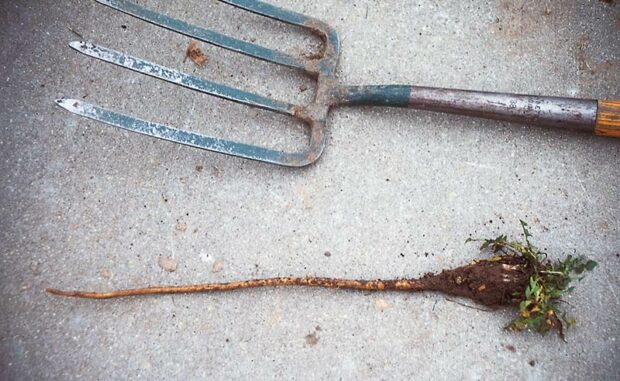
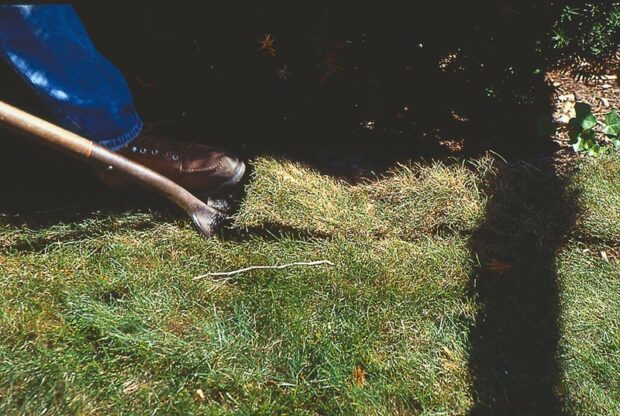
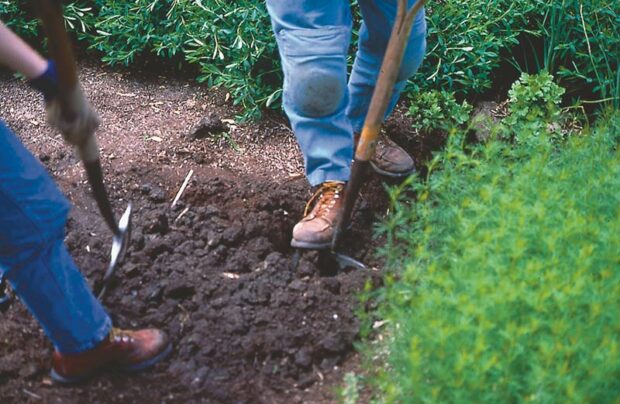
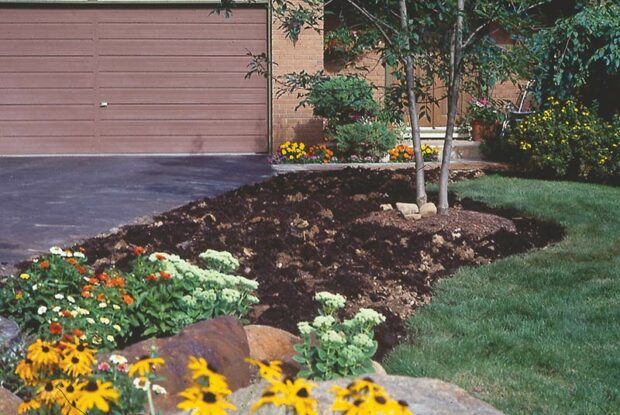
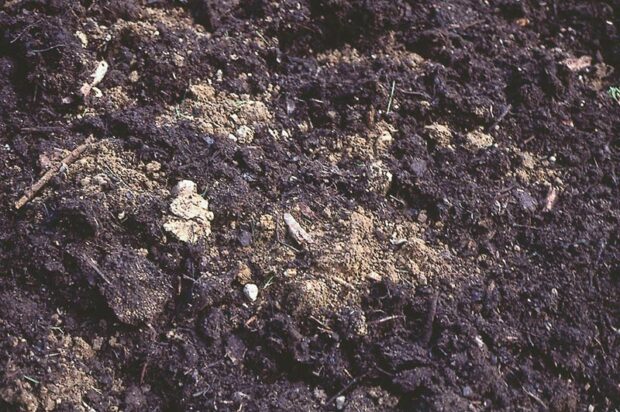
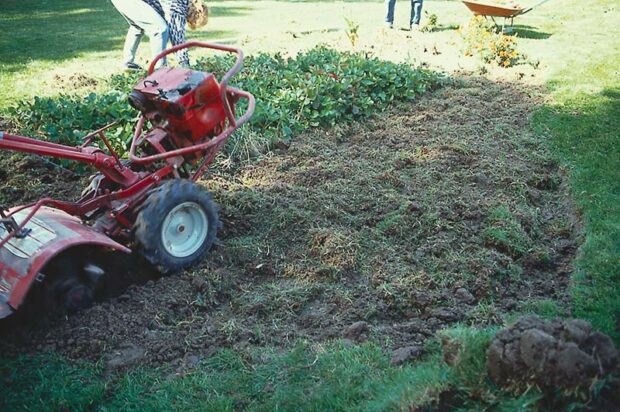
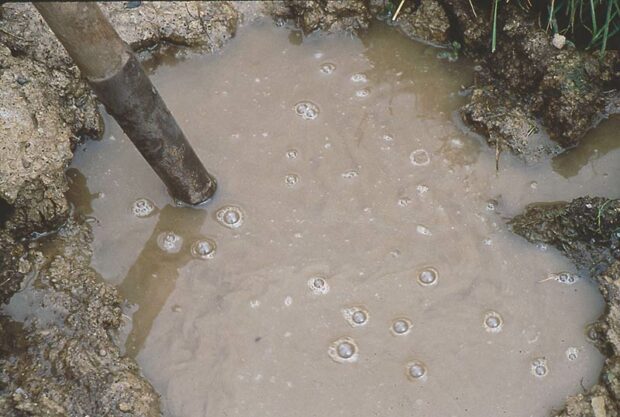
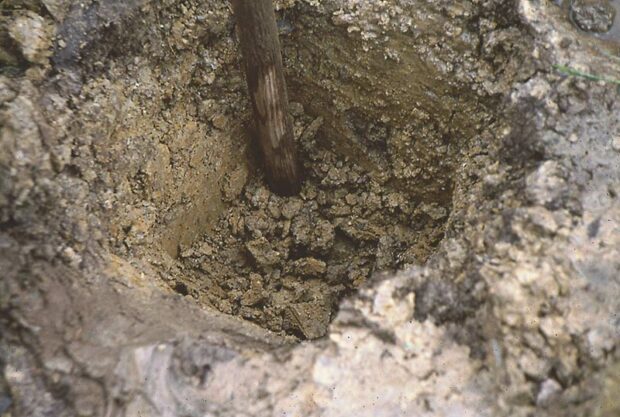
Article and photos by Steven Nikkila, www.gardenatoz.com.
Elsewhere: Managing your summer compost
PLEASE NOTE: In the autumn of 1995, we hatched the idea for a free, local gardening publication. The following spring, we published the first issue of Michigan Gardener magazine. Advertisers, readers, and distribution sites embraced our vision. Thus began an exciting journey of helping our local gardening community grow and prosper.
After 27 years, nearly 200 issues published, and millions of copies printed, we have decided it is time to end the publication of our Print Magazine and E-Newsletter.
We will continue to update our Website with articles and enter current gardening events in our website Event Calendar. All the best wishes for 2024 and beyond.
by Steven Nikkila








Article and photos by Steven Nikkila, www.gardenatoz.com.
Elsewhere: Managing your summer compost
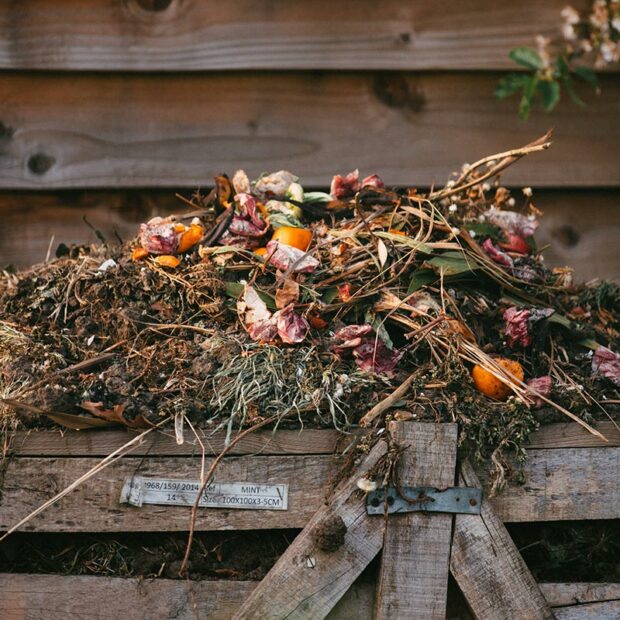
Can I apply wood ashes from my fireplace to my garden beds? If not, is it OK to add to the compost pile? What about sawdust from the workshop?
Applying wood ashes that are free from contamination should be OK if it is done when the garden is not planted and filled with growing plants. Spread a uniform, thin layer of ashes (a covering about the thickness of a sheet of paper) over the garden. This can be done in conjunction with the incorporation of other organic material such as manure or compost. In either case, the ground should then be tilled thoroughly to an 8- to 12-inch depth. It is also OK to add these uncontaminated ashes to your compost pile in moderation.
Sawdust is a good component for a compost pile. Mix sawdust with dense materials such as grass clippings, wet leaves, vegetable remains, etc. This will allow air into the mix. More air speeds up the composting process and cuts down on potential odors. Do not use sawdust created from cutting treated lumber.
Also from Michigan Gardener: Putting flowers in compost pile
Elsewhere: Wood Ash in the Garden
The Detroit News:
Pashon Murray is in a dirty business — and it’s paying off.
Murray, co-founder of Detroit Dirt, which converts manure and food scraps into compost, won $10,000 as the winner in the food category of Martha Stewart’s 2014 American Made contest.
Detroit Dirt beat out more than 220 other food finalists to win the contest’s food category in agriculture and sustainability. The contest rewards entrepreneurs and artisans across the country for innovativeness, creativity and workmanship in four main categories — food, design, craft and design — and several subcategories.
Copyright 1996-2024 Michigan Gardener. All rights reserved.